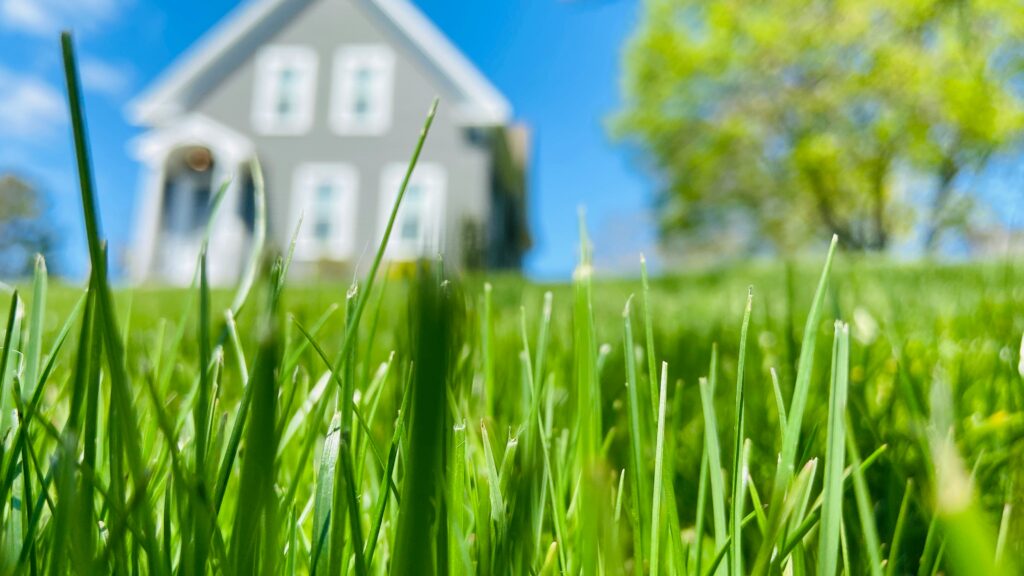For many, the allure of a perfectly manicured green lawn symbolizes the epitome of suburban bliss. However, this traditional notion of beauty comes at a significant ecological cost. As we strive to maintain flawless lawns, we inadvertently create dead zones devoid of essential biodiversity. It’s time to reconsider our approach to landscaping and embrace rewilding as a means to support climate-critical biodiversity.
My journey towards rewilding began with a realization: while I cherished nature in its untamed form, I had overlooked the potential of my meticulously curated yard. Living in Cape Cod, surrounded by the vibrant allure of blue hydrangeas, I had failed to recognize their ecological insignificance. Despite their aesthetic appeal, these non-native shrubs contribute little to the local ecosystem.
In our pursuit of the perfect lawn, my husband and I invested considerable effort and resources into maintaining its pristine appearance. Yet, beneath the surface, our meticulously groomed landscape lacked the vitality necessary to sustain life. This realization prompted me to explore alternative approaches to landscaping.
Renowned entomologist Doug Tallamy emphasizes the pivotal role of biodiversity in sustaining life on Earth. By transitioning from dead zones to thriving habitats, we can mitigate the adverse effects of climate change and safeguard our collective future. Rewilding offers a tangible solution to this pressing issue.
Imagine if every homeowner dedicated a portion of their lawn to native plants and wildlife. The cumulative impact would be staggering. Homegrown National Park (HNP), a nonprofit organization spearheaded by Tallamy, aims to mobilize individuals to rewild their yards and create interconnected habitats for insects, birds, and native flora.
Rewilding doesn’t necessitate a complete overhaul of your landscape. Simple steps, such as reducing lawn size and incorporating native plants, can yield significant ecological benefits. By embracing keystone species and minimizing light pollution, we can cultivate vibrant ecosystems that support diverse wildlife populations.
Even urban dwellers can contribute to the rewilding movement. From container gardening to volunteering at local parks, there are myriad opportunities to foster biodiversity within city environments. By collectively embracing rewilding, we can catalyze positive change and cultivate a greener, more sustainable future for generations to come.
As I embark on my rewilding journey, I invite you to join me in reimagining the role of our landscapes. Together, we can transform our yards from sterile expanses into thriving sanctuaries for biodiversity. Let’s redefine the American dream one garden at a time.

